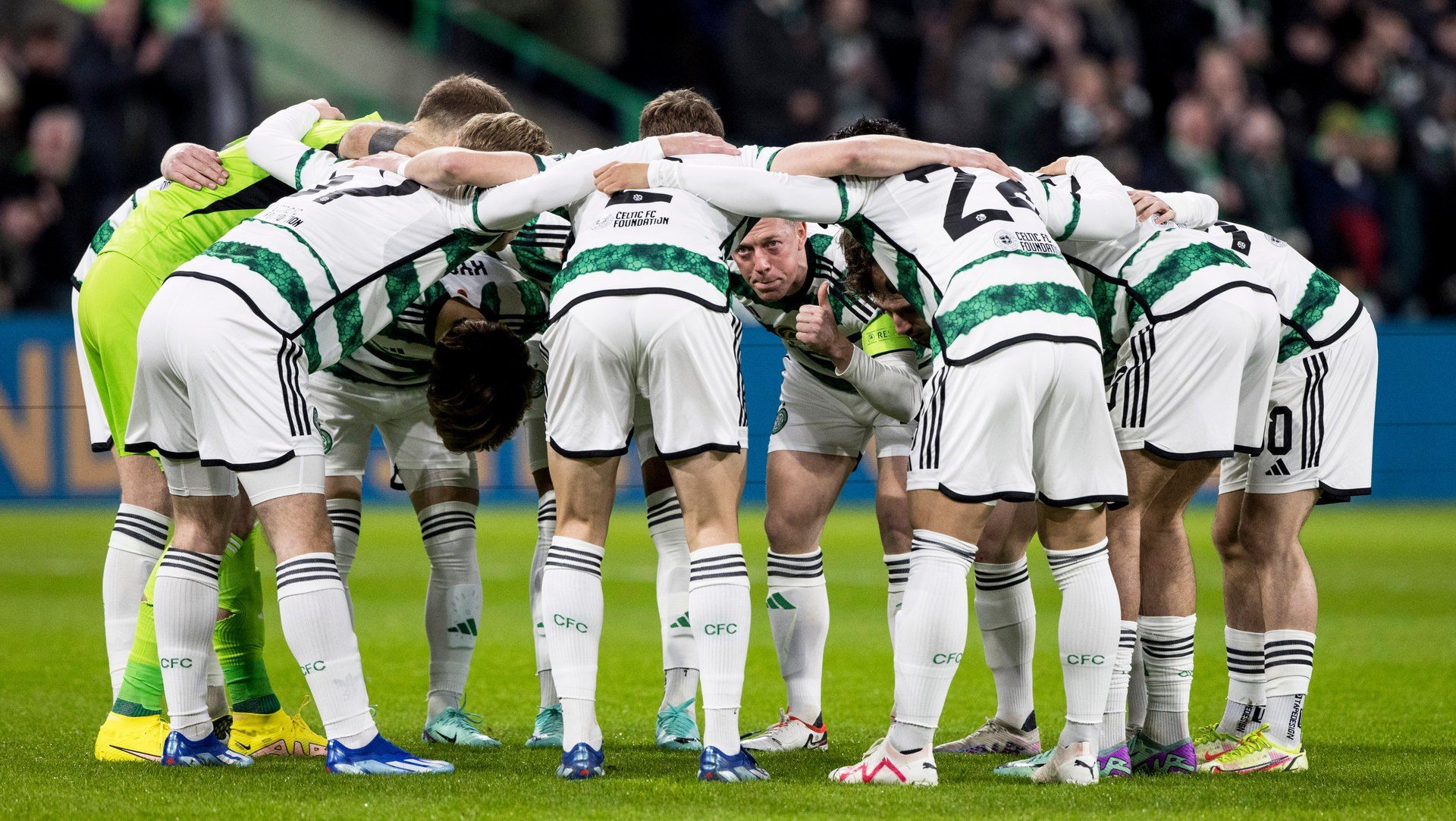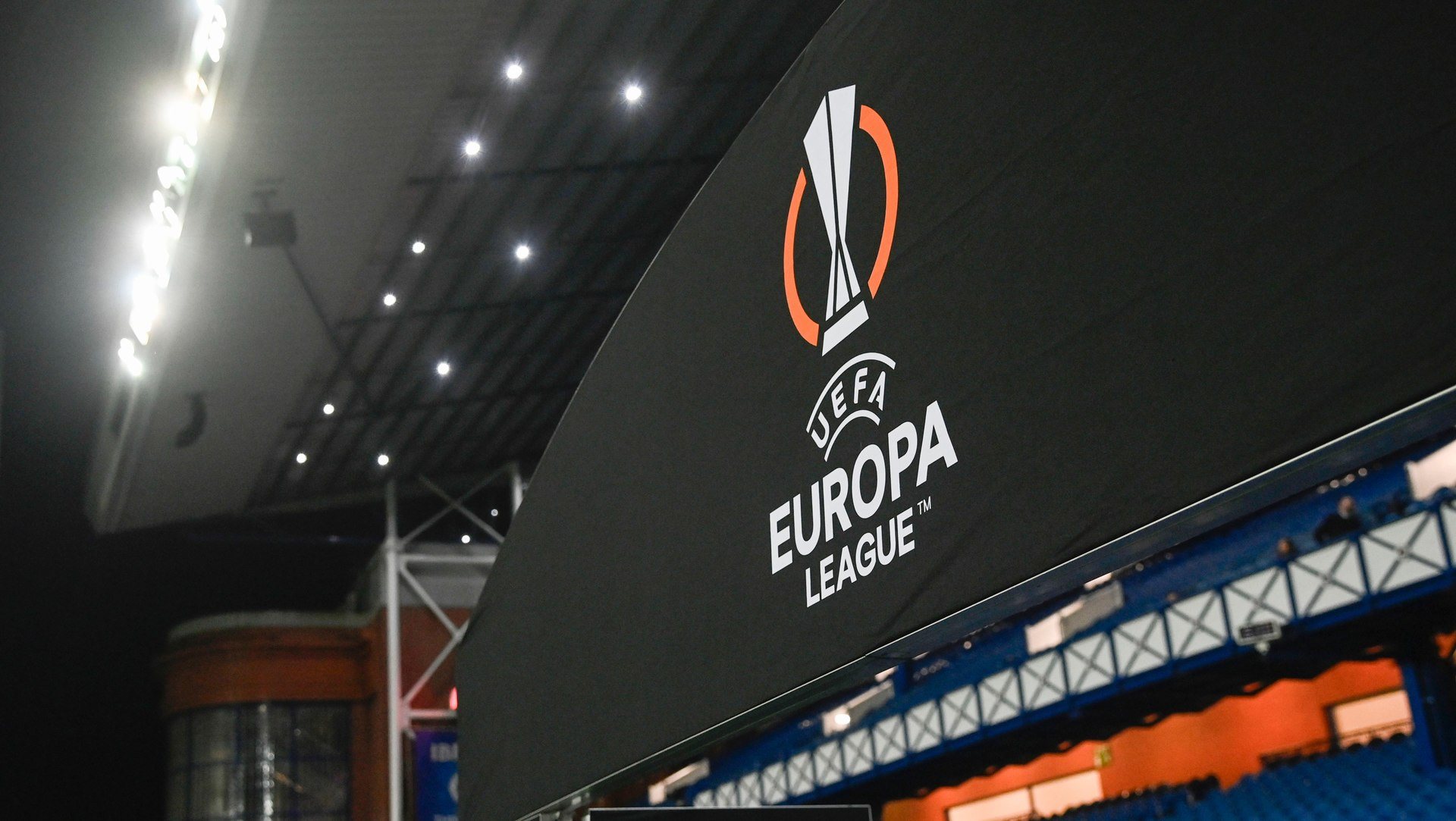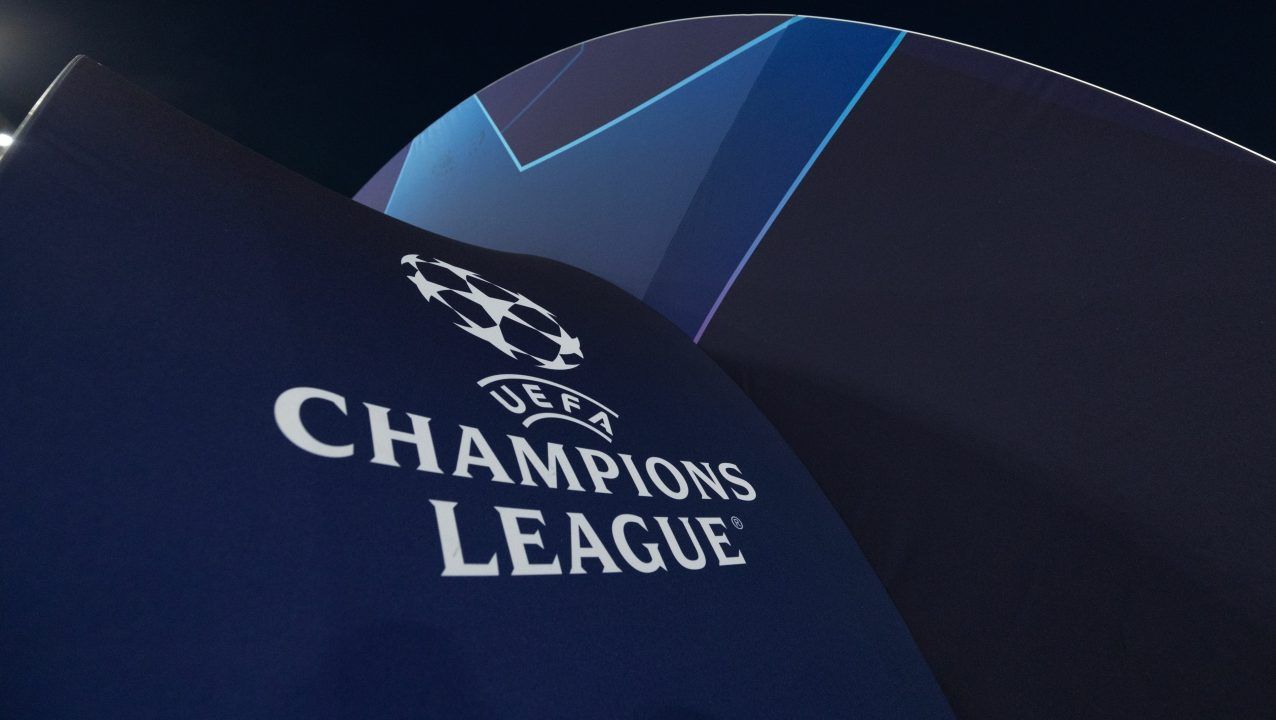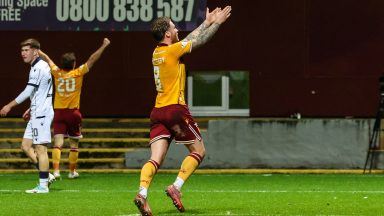The biggest competitions in club football are bigger than ever, with UEFA’s European tournaments having had a revamp for the 2024-25 season.
Scotland’s representatives in the Champions League, Europa League and Conference League will find things a little different from what they are used to after the governing body scrapped the traditional format to add more games and create more competition.
Celtic, as Premiership champions, have qualified directly for the Champions League group stage and will be looking to show signs of progress in the elite competition.
Rangers, defeated by Dynamo Kyiv in controversial circumstances in Champions League qualifying, drop into the group stage of the Europa League, where they have enjoyed success in recent years.
Hearts hope to join them in that competition but, should they fail to get past Viktoria Plzen in the play-off, they will have the consolation of the Conference League league stage.
Kilmarnock are striving to reach the Conference League proper but must overturn a two goal deficit when they face FC Copenhagen in the second leg of their play-off at Rugby Park on Thursday.
Each of our representatives will learn their opposition when the draws take place on Thursday and Friday. We’ve looked at what lies in store and how the new-look tournaments work.
Format changes and glamour matches awaiting Scottish sides
 SNS Group
SNS GroupThe Champions League and Europa League have undergone a few tweaks here and there since growing out of the European Cup and UEFA Cup but this is the biggest transformation to either since the new competitions were created.
The old system of multiple four-team groups has gone, with a single league table replacing it in each competition, and clubs playing eight games at this stage instead of six.
Thirty-six teams have reached the league phase of each tournament and for the draw process, they are seeded into four pots of nine teams.
The five-year UEFA club coefficient is used to decide which teams go into which pot. Celtic will be in Pot 3 for the Champions League draw, while Rangers are in Pot 1 for the Europa League. Should Hearts reach the Europa League, their placing will be confirmed once all the play-off games are completed.
Though the seeding reflects a team’s relative strength to the others in the competition, it’s much less important than it used to be.
Each team is drawn against two sides from each pot, and will play one of those teams at home and one away in their eight-match league phase.
Who qualifies for the knockout stages?
 SNS Group
SNS GroupEvery team plays their eight league phase matches, with three points for a win and one point for a draw.
The top eight sides in the overall table qualify automatically for the round of 16.
Teams between ninth and 24th place go through to a play-off round, with the winners progressing to the last 16. The draw for the play-off round is seeded, with teams placed ninth to 16th drawn to play a team that finished 17th to 24th.
Teams who finish the league phase in 25th place or lower are eliminated from all European competition.
The knockout stage
Unlike previous years, the knockout rounds aren’t drawn round by round but will be in a ‘bracket’ that leads to the final.
Teams will be sorted into the left and right side of the bracket based on their position in the league phase. So the top-ranked team will be on the opposite side from second-placed and so on.
Clubs will know their route to the final from the round of 16 onwards.
The calendar
 SNS Group
SNS GroupMore games means more matchdays and there’s been a change to the traditional European calendar. For the Champions League and Europa League entrants there’s no more targeting of “European football after Christmas” with the league phases running from September through until January.
Each competition has one round of games in September, with the Champions League starting on September 17-19 and the Europa League on September 25-26.
From there on, it’s two matchdays in October, two in December, just one European night in December and two to conclude the league phase in January. Knock-out ties start in February and run through until the finals in May.
How does the Conference League differ?
 SNS Group
SNS GroupThe Conference League has moved from a group phase to a league phase just like the other two competitions but hasn’t expanded to eight matchdays.
If Kilmarnock qualify (or Hearts drop into the competition) then they would play six different sides.
For the Conference League draw, which takes place on Friday, teams are seeded into six pots. Each club is drawn against one opponent from each of the six pots and play one team at home and the other away from each of the six pots.
With only six game days, the Conference League matches begin in October and the league phase ends in December. Knockout rounds start in February and run until the final in May.
Follow STV News on WhatsApp
Scan the QR code on your mobile device for all the latest news from around the country



 SNS Group
SNS Group
























